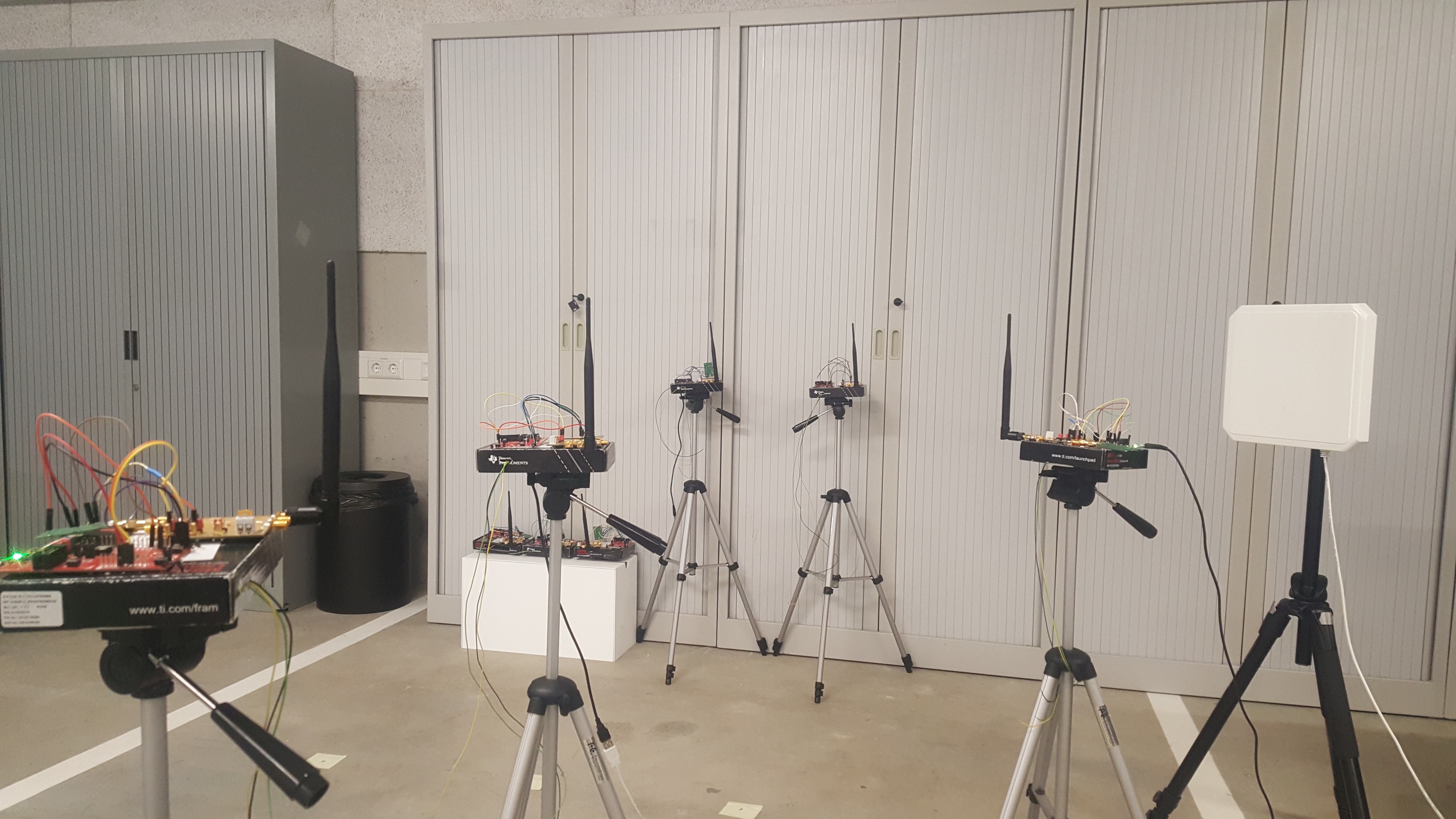We characterize the performance of a backscatter tag-to-tag (T2T) multi-hop network. For this, we developed a backscatter T2T transceiver and a communication protocol suite. The protocol composed of (i) flooding-based link control tailored towards backscatter transmission, and (ii) low-power listening MAC. The MAC design is based on the new insight that backscatter reception is more energy costly than transmission.


Our experiments show that multi-hopping extends the coverage of backscatter networks by enabling longer backward T2T links (tag far from the exciter sending to the tag close to the exciter). Four hops, for example, extend the communication range by a factor of two. Furthermore, we show that dead spots in multi-hop T2T networks are far less significant than those in the single-hop T2T networks.
For more checkout the associated paper.
